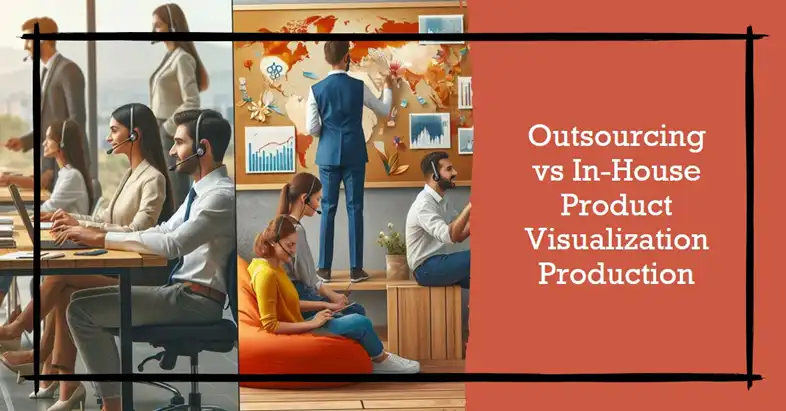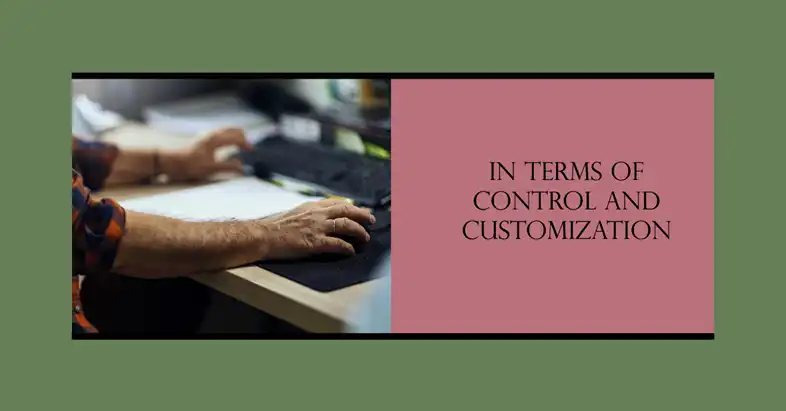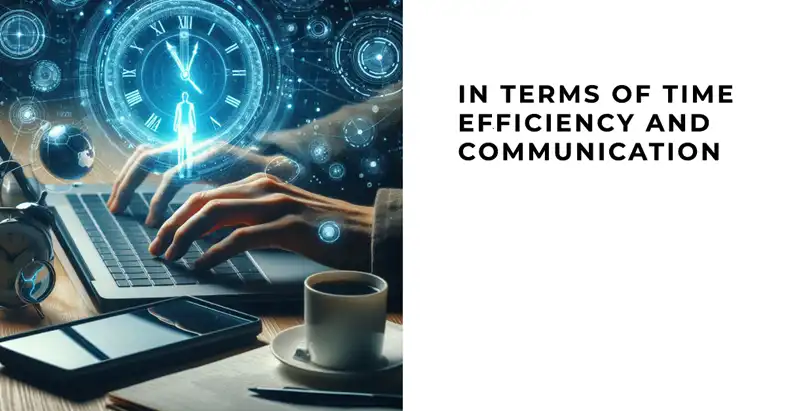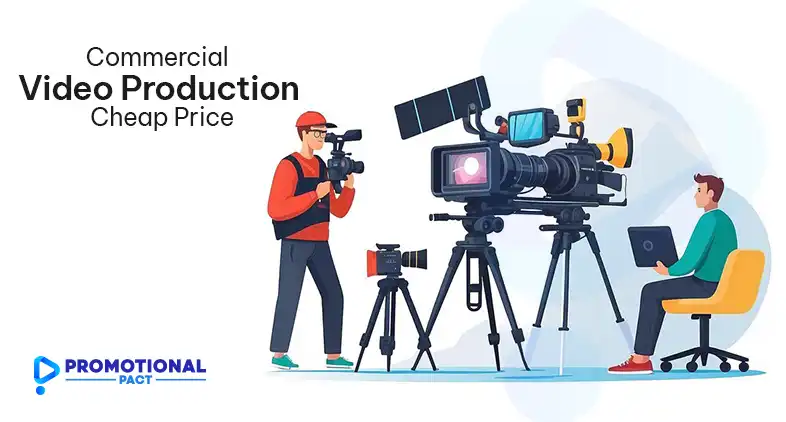Product visualization is an essential part of product development and marketing today. High-quality 3D rendering and animation allow consumers to fully understand and engage with products before purchase. Companies must decide whether to outsource this work or handle it in-house. This article examines the key differences between outsourcing and in-house product visualization to help guide your decision making.

Side-by-Side Differences Between Outsourcing and In-House Product Visualization Production (H2)
Outsourcing and keeping product visualization work in-house both have advantages and disadvantages. The optimal choice depends on your specific business needs and constraints. This section provides a side-by-side comparison of the two approaches across several factors.
In Terms of Cost Considerations

Outsourcing can provide significant upfront cost savings compared to building in-house capabilities since you avoid large fixed investments in software, hardware, office space, and salaries for specialized staff. You only pay for the specific services and capacity you need. This converts fixed labor costs into a more flexible variable cost structure that can scale up and down as project needs change.
However, outsourcing does incur costs related to vendor search, contracting, coordination, and quality control oversight. You may also face premium fees for rush jobs or quick turnarounds. If your visualization needs are relatively stable and long-term, developing in-house expertise can have lower total costs in the long run after the initial investment. But the ramp-up time is much slower for in-house, and you take on more financial risk.
In-house production requires significant upfront investment in technology, facilities, and recruiting top talent. Salaries for experienced visualizers and animators can be substantial. There are also management costs and productivity lags as you build capabilities. But with a steady stream of projects, your fixed costs are amortized over a larger output volume. Economies of scale reduce your per unit internal costs.
In Terms of Expertise and Quality

Outsourcing providers specialize in product visualization. They possess deep benches of artistic, technical, and project management talent gained from years of experience across many clients. This institutional expertise is very difficult and time-consuming for an in-house team to build through recruiting alone. Outsourcing firms also invest heavily in staying on top of the latest software, techniques, and trends in the field.
However, there are risks of lower quality output if you choose an outsourcing vendor poorly. Thorough due diligence on capabilities, expertise, and portfolios is crucial. With in-house production, you control the talent level more directly through your recruiting and hiring processes. But finding and retaining top-notch, experienced visualizers, animators, and technicians solely for your in-house team can be challenging without paying premium salaries well above market rates.
In Terms of Flexibility and Scalability

A key advantage of outsourcing is flexibility in talent. The scale of outsourced teams can expand or contract much more quickly based on your changing project needs. Outsourcing provides easy access to a global talent pool with various specialized skills that can be tapped on-demand. Additional bandwidth is readily available from the outsourcer when your visualization workloads peak due to deadlines.
In-house teams have more fixed capacity constraints tied to their existing headcount. Expanding requires going through the often lengthy recruitment and hiring process. Downsizing or layoffs of in-house staff can be extremely disruptive. Outsourcing’s variability provides a buffer against market fluctuations.
However, in-house production allows tighter integration and knowledge sharing with your internal design, engineering, marketing, and sales teams. Developing the expertise in-house facilitates highly customized output aligned closely to your standards and workflow. But this higher degree of customization limits the scalability and flexibility to handle large variations in product visualization demand.
In Terms of Control and Customization

With outsourcing, you must communicate requirements, specifications, data, and deadlines very clearly upfront and then monitor progress closely throughout the project lifecycle. But once production starts, you have relatively limited control over the day-to-day work compared to managing an in-house team. Outsourcing requires you to give away some control in exchange for efficiency and expertise. Excessive micromanagement can eliminate those outsourcing benefits.
In-house teams facilitate tighter collaboration, oversight, feedback, and course correction throughout the visualization process. This level of control enables high degrees of customization and flexibility to iteratively refine output and align closely with your standards. But maintaining too much control over outsourcers and trying to behave like they are your in-house team can negate many of the advantages of outsourcing.
In Terms of Time Efficiency and Communication

Good outsourcing partners can ramp up and begin production faster, reducing project lead times versus trying to recruit and hire specialized talent into in-house roles. However, coordinating handoffs, feedback, and changes across different time zones and locations can sometimes cause delays if not managed tightly. Clear requirements, specifications, schedules, and active progress monitoring are essential to drive efficiency.
In-house teams provide more real-time, face-to-face communication, collaboration, and feedback due to their proximity and availability. But in-house hiring lead times are longer when additional capacity is needed quickly to handle rising demand. The recruitment cycle must be anticipated. Highly qualified visualization professionals are in scarce supply.
Outsourcing providers with solid project management expertise actually promotes greater discipline in documentation, scheduling, timelines, and status tracking versus in-house teams. The formal vendor-client relationship requires more formal project processes that in-house teams often lack or do not consistently follow, which can lead to inefficiencies.
In Terms of Confidentiality and Security

Safeguarding intellectual property (IP) and proprietary data is typically a top concern with outsourcing high value visualization work. Reputable, professional vendors will have robust non-disclosure agreements, security protocols, and access controls in place. However, the risks of leaks and data breaches can be higher, especially with offshoring partners located overseas. Close oversight is critical.
Keeping production in-house provides somewhat greater control over your IP and minimizes exposure to proprietary product data. But even internal teams have security risks, through data theft, leaks from departing employees, or mere negligence. Sound information security practices, protocols, training, and governance should be implemented vigorously in either in-house or outsourced scenarios.
Summary
| Factor | Outsourcing | In-House |
| Cost Structure | Lower fixed costs, higher variable fees | Higher fixed costs, lower marginal costs at volume |
| Expertise | Specialized talent, best practices | Must build capabilities internally |
| Quality Control | Less oversight, but risks with poor vendor selection | Tighter control through direct management |
| Flexibility | Scales capacity up and down | Constrained by fixed headcount |
| Integration | Looser coupling, less customization | Tight integration with internal teams |
| Security | Potentially higher risks of IP exposure | Better protection of proprietary data |
| Lead Time | Faster ramp up, but coordination delays | Slower hiring but real-time communication |
Decision-Making Factors for Choosing Between Outsource and In House
Determining the right balance of outsourcing versus in-house production for your product visualization needs involves assessing several key factors:
Budget Constraints
Available budget often drives sourcing decisions. Outsourcing’s lower fixed costs are more feasible if funding is limited. Variable spending aligns closely with visualization demand. In-house teams require substantial upfront capital investment in recruitment, training, facilities, hardware, and software before generating output. Ongoing salaries and overhead are also higher. With an adequate budget, in-house costs can be justified by higher customization, better IP protection, and strategic alignment. But under budget constraints, outsourcing may be the only viable option. The break-even point between outsourcing fees and in-house fixed costs depends on your projected visualization workload. At low to moderate output levels, outsourcing has a compelling cost advantage.
Complexity of Visualization Tasks
Highly complex, mission-critical visualization work requiring tight integration with product engineering may warrant keeping more production in-house. Simpler graphics and animations are more easily outsourced. In-house teams also build deeper institutional knowledge of your products and IP over time through close collaboration with internal stakeholders. This nuanced understanding facilitates handling highly complex visualization challenges. External vendors never gain the same intimate product knowledge. If advanced photorealism and technical accuracy are paramount, retaining skilled in-house talent may justify the cost premium.
Need for Control
For companies that need strict control over product visualization for regulatory, confidentiality, or other reasons, in-house production can provide greater oversight, security, and the ability to align closely with internal protocols. Outsourcers operate more independently by nature. In-house also allows real-time feedback and quality checks during production. The looser coupling with outsourced talent can lead to output that misses the mark without careful management. If maintaining air-tight control is critical, an internal team may be preferable. But if reasonable control coupled with external expertise provides adequate quality assurance, outsourcers offer superior scalability.
Frequency Of Projects
For one-off visualization projects needed infrequently, outsourcing is typically preferable. The fixed costs of specialized in-house staff cannot be justified without steady workloads. Variable spending with outsourcers is more cost-effective for sporadic needs. But for high-volume, ongoing visualization requirements, an in-house team provides better economies of scale and lower per-unit costs after covering fixed overheads. Building competency in-house takes time, so outsourcing can fill short-term needs while that investment matures. For peak demand spikes above base in-house capacity, outsourcing also provides a flexible buffer. The ideal balance depends on the variability and volume of your visualization requirements.
Go for a Hybrid Approach
Rather than an all-or-nothing choice between outsourcing versus in-house production, a hybrid model blending both methods offers advantages:
Combining Outsourcing And In-House For A Balanced Strategy
Maintaining a core in-house visualization team for key strategic projects and peak workloads while outsourcing supplementary volume is a proven hybrid strategy. This provides the control and customization of in-house with the variable cost scalability of outsourcing. In-house staff focus on complex, sensitive projects. Outsourcers handle simpler overflow tasks and production peaks. The exact proportion of outsourcing depends on workload patterns. This hybrid approach requires careful management of the handoffs between insourced and outsourced work. But the benefits of both approaches can be realized.
Outsourcing For Certain Projects, In-House For Strategic Or Sensitive Tasks
Another hybrid model is outsourcing commodity visualization production while keeping highly strategic, IP-sensitive projects in-house. For example, external firms could handle 3D graphics for marketing assets, sales enablement, digital content creation, and training illustrations that have lower confidentiality risks. Your in-house team would focus on core engineering visualizations, technical manuals, or new product concept designs that require tighter control. Structuring a thoughtful split of projects aligned with capabilities, costs, and risks allows tailoring the ideal mix over time as needs evolve.
Key Recommendations
- Assess budget, complexity, control needs, and demand variability when deciding between outsourcing and in-house visualization capabilities.
- For maximum flexibility, consider a hybrid approach blending outsourcing for peaks and common tasks with in-house for strategic priorities.
- Continually reevaluate your needs and sourcing strategy. The optimal balance can shift over time.

